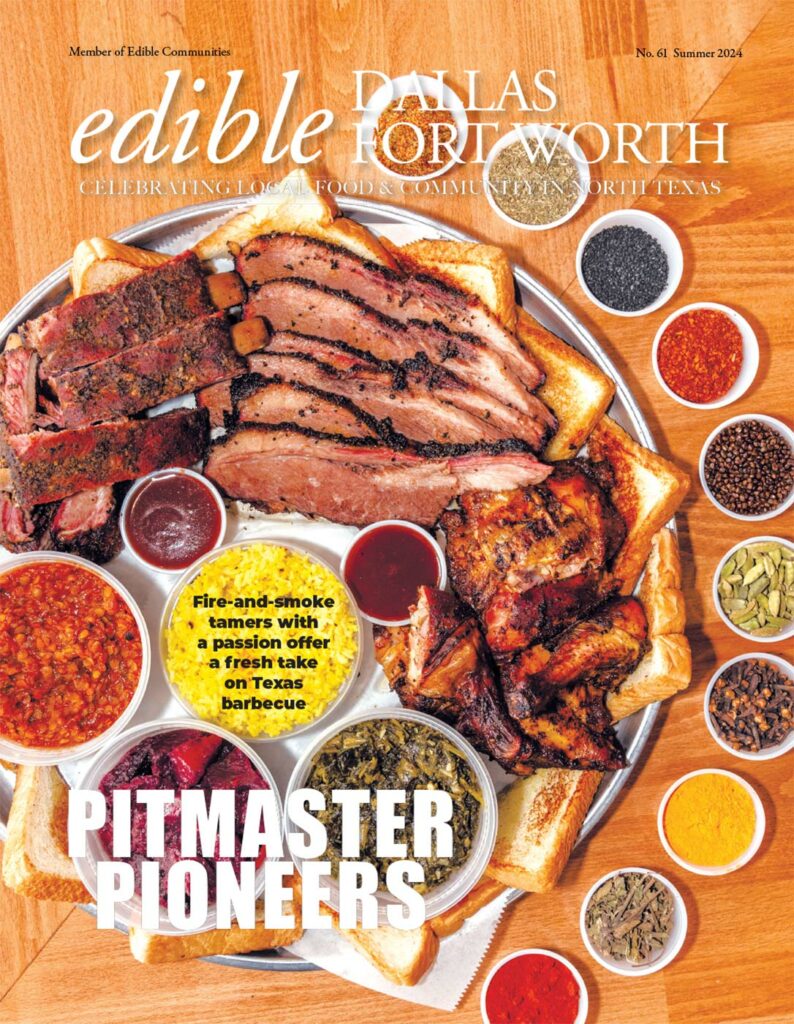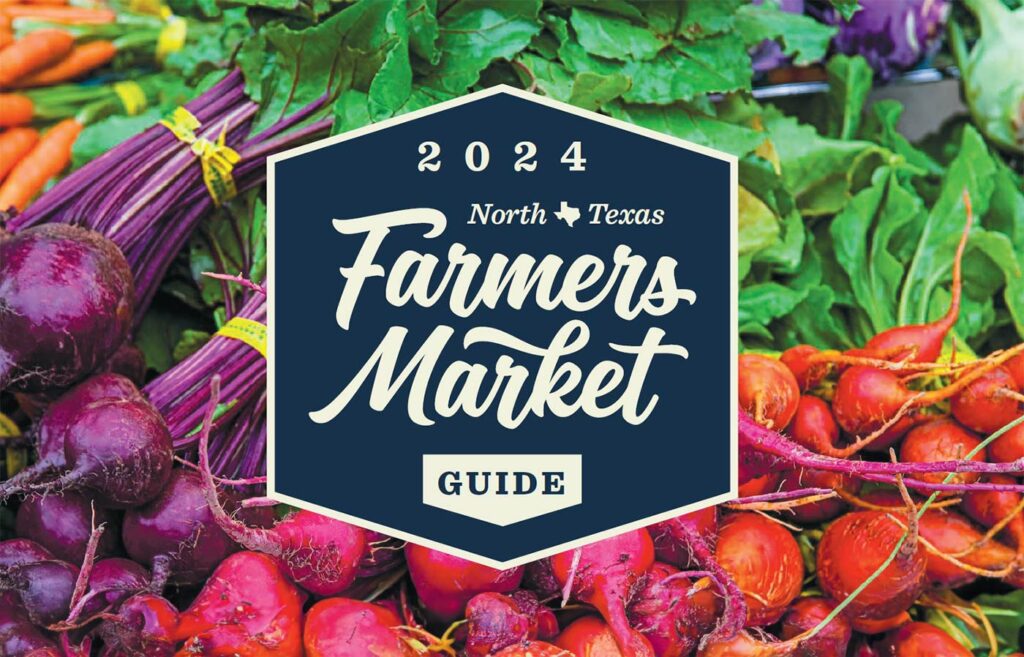Fast, fresh, and perfectly seasoned, a good tomato salad
is so versatile that it can top a grilled steak, garnish a roasted
pepper, or even double as dinner with a few seared shrimp.

By Susie Middleton
Every year, there’s that blissful moment when you hold the season’s first vine-ripened tomato in the palm of your hand. Maybe it’s late afternoon, shadows lengthening, and you’ve pulled over to the side of the road to dash into the farm stand boasting “ripe tomatoes” before it closes for the day. Or maybe you’ve wandered, expectantly, into your own backyard garden, where every day you’ve been saying a little blessing over one particularly perfect fruit that’s just about ripe. Now you’re holding it—sun-warmed, plump and heavy with promise—and you know that between vine and dinner table, this tomato will need nothing more than a slicing knife, a sprinkle of salt, and maybe a drizzle of olive oil.
But fast forward to late summer or early fall, and now your tomato blessings are getting burdensome. There are more and more coming all the time (those cherry tomatoes reproduce like rabbits) and you need ideas, please. Canning, preserving, making sauce, and even roasting are all wonderful things to do with tomatoes. And yet it would be nice to enjoy simple tomato side dishes while you still have the real, ripe thing around. A fresh tomato salad is the answer. This is such a versatile dish that depending on how you put it together, it can be almost like a salsa or a topping for grilled meat—or it can be so substantial that it could easily turn into a main dish. One thing’s for sure—you won’t get bored.
There are just a few keys to making harmonious tomato salads (and avoiding those droopy, overly-marinated things that are the denizens of bad salad bars.) Start with proper seasoning (a good vinaigrette), then combine vine-ripened tomatoes with complementary ingredients (like summer fruits), then cut everything into similar-sized pieces (tiny or chunky, depending on your goal). A final flourish of fresh herbs—and dressing just before serving—will guarantee you a fresh, vibrant dish.
To make a good vinaigrette for a tomato salad, start with a flavorful extra-virgin olive oil as your base. (If you don’t have a favorite olive oil, invite friends over and do a side-by-side tasting of some of the better grocery-store brands to pick your “house” favorite. You can always splurge on the good stuff, too, but it’s nice to have something good around that you can use every day.) Next, look to deeply colored vinegars like balsamic or sherry for your vinaigrette; their slightly caramelized flavors work well with the tomato’s acidity. Taste your tomatoes; unless they are low-acid yellow or orange tomatoes, you’ll probably also want to add something a little bit sweet to your vinaigrette. I often use fruit juice (like orange or even mango or pineapple), but a touch of honey is great, too. Use just a pinch of salt to bring your vinaigrette together, then season the tomatoes themselves with a bit more salt before dressing the salad. Dress your salad only a few minutes before serving—just enough time to jumpstart the flavor-mingling, but not so much that the texture of the salad is compromised.
Great salad partners for tomatoes include summer stone fruits like peaches and nectarines, as well as juicy cucumbers and unctuous avocadoes. (Diced zucchini can work in salsa-like salads, too.) In summer salads, don’t pair tomatoes with dense vegetables like raw carrots and broccoli; these veggies need a long marinating time to be palatable in a salad, and your tomatoes will be too soft by then. Besides, those veggies don’t lend any complementary juices to the mix. Peach juices create an amazing alchemy when they mingle with tomato juices. As a bonus, stone fruits and tomatoes are in season at the same time, so you might happen to pick up both from the farmers’ market on the same day. You can also certainly make a terrific tomato salad without adding any other fruits or vegetables as main ingredients—simply mix a few varieties and colors of tomatoes instead.
Add secondary aromatic ingredients to your salad for another layer of flavors. Thinly sliced sweet onions or scallions, minced fresh ginger or garlic, crunchy sliced radish or jicama…these ingredients all add subtle character to your salad. Also, feel free to go crazy with copious amounts of tender fresh herbs like mint, basil, cilantro and parsley. Combine two or more, and instead of chopping them to death (they can get bitter), tear them into small pieces or even use small whole leaves. And if your herbs are flowering, toss the flowers in, too. You’ll have a beautiful salad.
There’s one last way to change the character of your salad—vary the size of the ingredients. You can dice all of your main ingredients (including the tomatoes) for a salad that’s almost like a salsa. Spoon it on grilled fish or grilled eggplant. If you’re just using cherry and other tiny tomatoes, cut them into halves or quarters for more of a chunky dressing, and use that to top a grilled steak. Or go bigger—a salad with vegetables cut into larger pieces can double as a dressing for a pasta or a main dish-destination for seared shrimp. Just remember to keep the size of your pieces relatively consistent within a salad to give a pleasing texture.
By now you’ve probably figured out what I’m up to – giving you some guidelines for improvising a summer tomato salad. But I realize that at the end of a long day, we don’t always feel like improvising. So I’ve included two recipes here that you can follow whenever you like (Heirloom Tomato, Summer Peach, and Fresh Herb “Gazpacho” Salad and Summer Cherry Tomato Dressing). But be forewarned, once you make them a couple times, you’ll find yourself tweaking and adding and playing around with flavors. They’re fun like that.
Fast, Fresh & Green will be published on April 28, 2010. It is currently available for pre-order on Amazon.com, but will probably not hit peak distribution until early June.
Fast, Fresh & Green is a collection of more than 100 vegetable recipes, organized by 9 great techniques for cooking vegetables. Eight of those techniques—from quick-roasting and quick-braising to stirfrying and even no-cooking— are perfect for weeknights. The ninth technique—baking gratins— is a slower-but-worth-it idea for weekends. The recipes are designed to be side dishes, though many can move to the center of the plate. While Susie is not a vegetarian, the majority of these recipes are, and many of them are vegan as well. The recipes, which are rich with detail and tips to ensure success, use more than 50 different vegetables, ranging from familiar favorites (carrots, grean beans, corn and broccoli) to the newly popular (Tuscan kale, broccoli raab, Swiss chard). Sample recipes include: Quick-Roasted Cauliflower with Zesty Orange-Olive Dressing; Sweet Potato “Mini-Fries” with Limey Dipping Sauce; Sauteed Sugar Snap Peas with Salami Crisps, and Stir Fried Swiss Chard with Pine Nuts and Balsamic Butter.
Susie Middleton is a food writer, magazine consultant, chef and recipe developer. She is the former Editor and current contributing editor for Fine Cooking magazine, and consulted on the startup of Edible Vineyard magazine in 2009. She’s a member of the Institute of Culinary Education’s Alumni Hall of Achievement, and has developed hundreds of recipes for publication. She lives, cooks and gardens on the island of Martha’s Vineyard in Massachusetts. She blogs about sustainable food on the Huffington Post and about cooking vegetables on her website, www.sixburnersue.com . Fast, Fresh & Green is Susie’s first cookbook.
Edible Dallas & Fort Worth is a quarterly local foods magazine that promotes the abundance of local foods in Dallas, Fort Worth and 34 North Texas counties. We celebrate the family farmers, wine makers, food artisans, chefs and other food-related businesses for their dedication to using the highest quality, fresh, seasonal foods and ingredients.











